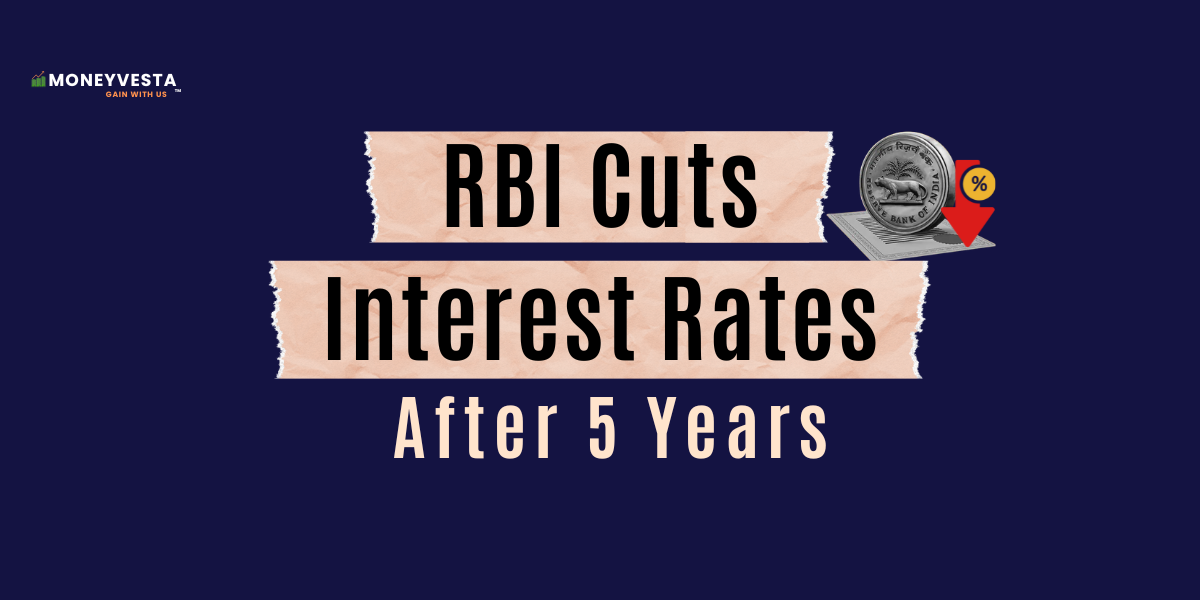
With an aim to support a shuttering economy, the Reserve
Bank of India (RBI) has cut interest rate for the first time in nearly five
years. Its Monetary Policy Committee (MPC) has reduced the repo rate by 25
basis points (bps) to 6.25 per cent, after having kept it unchanged at 6.50 per
cent for eleven straight meetings, and not having lowered it since May 2020.
Consequently, the standing deposit facility (SDF) rate shall stand adjusted to
6.00 per cent and the marginal standing facility (MSF) rate and the Bank Rate
to 6.50 per cent. The last revision of rates happened in February 2023 when the
policy rate was hiked by 25 basis points to 6.5 per cent. The RBI MPC has
decided unanimously to continue with its 'neutral' stance and remain
‘unambiguously focused on a durable alignment of inflation with the target,
while supporting growth’.
Besides, for FY25, RBI maintained its projections for
consumer price index (CPI)-based inflation at 4.8 per cent. It noted that food
inflation pressures should see a significant softening due to good kharif
production, winter-easing in vegetable prices and favourable rabi crop
prospects. Core inflation is expected to rise but remain moderate. Further,
assuming a normal monsoon next year, CPI inflation for 2025-26 is projected at
4.2 per cent with Q1 at 4.5 per cent; Q2 at 4.0 per cent; Q3 at 3.8 per cent; and
Q4 at 4.2 per cent.
On the economy front, Gross domestic product (GDP) forecast
for financial year 2025-26 (FY26) has been pegged at 6.7 per cent. Healthy rabi
prospects, expected recovery in industrial activity and resilient services
exports are likely to support economic growth. Moreover, growth rate for Q1FY26
projected at 6.7 per cent, for Q2FY26 at 7.0 per cent, and for Q3FY26 and
Q4FY26 at 6.5 per cent each. It also noted that household consumption is
expected to remain robust aided by the tax relief in the Union Budget 2025-26.
In his first Monetary Policy announcement, RBI Governor
Sanjay Malhotra highlighted the challenges posed by the global economic
landscape, noting that while high-frequency indicators suggest resilience and
expansion in trade, overall global growth remains below historical averages. He
said ‘Progress on global disinflation is stalling, hindered by services price
inflation’. Discussing global financial market dynamics, he pointed out that
expectations regarding the size and pace of rate cuts in the United States had
led to a strengthening of the US dollar. This, in turn, resulted in hardened
bond yields and significant capital outflows from emerging markets, causing
sharp currency depreciations and tighter financial conditions.
Despite these headwinds, he assured that the Indian economy remains strong and resilient, though not entirely immune to external pressures. he acknowledged ‘The Indian rupee has come under depreciation pressure in recent months.’ However, he reassured that the RBI is actively using all available tools to address the multifaceted challenges facing the economy.
Source: Ace Equity
